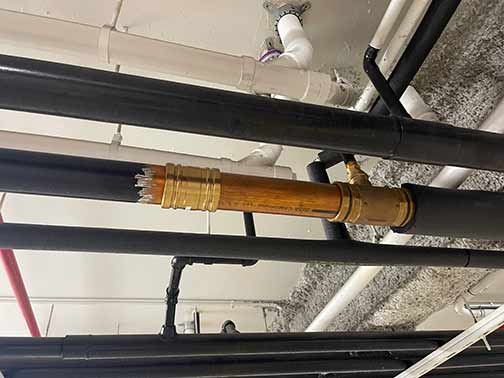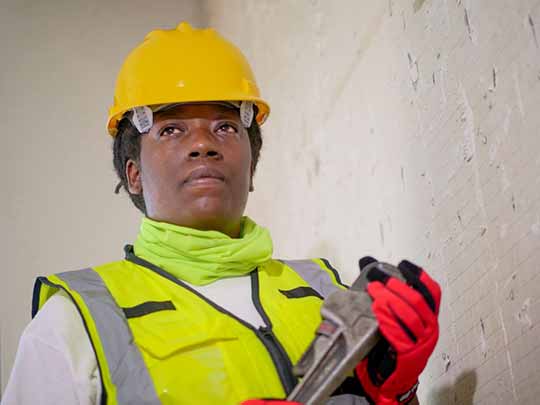
Harsh weather conditions can cause you and your household a lot of trouble. In the winter period, there are so many things to take care of, and your pipes are definitely one of them. Many household owners know how dangerous low temperatures can be, especially when there is no proper insulation on the household pipes. They can freeze and burst, causing great floods and serious property damage. That is why it is wise to get ready and know what to do in case of an emergency. For all those who think in advance, here are several main steps on how to survive a burst pipe in the winter.
The first signs of a problem
There is nothing that can completely save you from the damage when the pipe burst already happens. Still, the sooner you detect the signs of the problem, the less damage you will have to deal with. That’s why it is important to react to the first, even minor signs that something wrong is happening:
- Occasional dripping sounds and the lack of water pressure are some things all of us have met at least once, but still, most tend to disregard them
- Water spots on your walls or ceiling and water puddles are more obvious signs, but they say the problem is not at its first phase as well
- The leaks of the main water shut-off are the most common and the most obvious signs
If any of the above-mentioned happen to you, especially during the winter, you need to reach out for help immediately. However, if you suspect something wrong is going on but cannot detect the problem, you can always hire a professional leak detection service in the area to confirm your suspicions.
1. The main water valve – the first step in surviving a burst pipe in the winter
The most important thing everyone should know about their home is where the main water valve is located. This is especially important if you are about to move into a new home. As professional movers from Last Call Movers suggest, experience is a crucial factor in relocation matters. But, if this is your first move into a new home, it would be wise to ask the previous homeowners about the main water shut-off or the condition of the household pipes before you decide to make a deal.
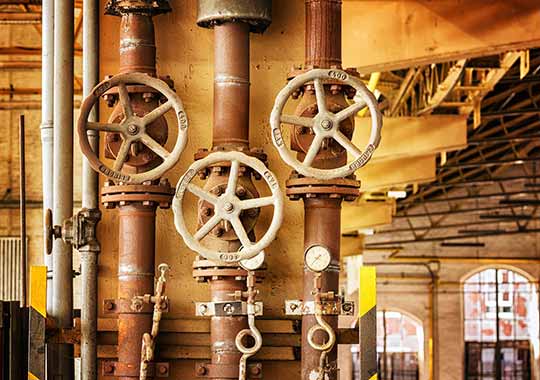
Act fast and smart
In the emergency case, turning off the main water supply will stop water from causing further damage to your property. On the other hand, it will also give you some time to pull yourself together until professional help comes.
In most cases, the water valves and the water heater are located in the same place and are usually turned clockwise to be turned off.
2. Deal with the electricity
All electrical devices can be potentially dangerous in contact with water. What’s more, if a pipe burst happened in your home, being surrounded by water while your electrical system is on can be fatal. Therefore, after you make sure you have turned the water off, you should also deal with turning off the electricity. You can simply turn it off in the part of your home that is flooded or even in the whole household.
In case you are not sure whether or not the power is off, calling on the electrical company for help will be the wisest option.
3. Contact the plumber
Now that you have dealt with the first two steps in our guide to surviving a burst pipe in the winter, it’s smart to contact an emergency plumber right away. Remember that the sooner you get the right professional help, the less consequence you will feel. Once a emergency plumber arrives at your home, they will start fixing the problem. What’s more, they can also help you with creating the whole repair plan, as well as with finding the most affordable solution for your current state. Finally, the most important thing is that your smart moves, as well as their prompt reaction, will help your pipes not remain broken for a long time.
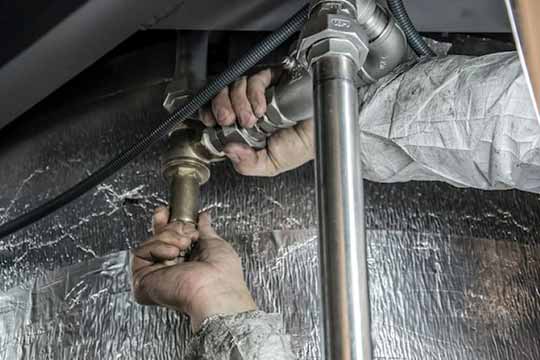
Let the professionals deal with the problem
4. Draining the pipes
Make sure that no water remains in your pipes after you turn off the main supply. Push the toilets, and remember to run first cold and then hot water through all your faucets. Plus, do not forget to turn the water heaters off, since they should not be in function while the water is off.
5. Remove water
Once when you are done with all these basic steps, you should turn to saving your home from further damage. Water can be pretty harmful to your floor, walls, and the whole house construction. So, try your best to remove as much water as possible from the flooded area. When we talk about ground floors or basements, things will go a little bit easier. You can use a drain, buckets, mops, and vacuums to remove the water. On the other hand, if you have a pipe burst emergency on some of the upper floors, the only way is to let the water drain out. This time you can use fans to speed up the process.
Prevention
Once you have faced the repair processes with a burst pipe, especially in the winter period, you’ve probably learned the lesson. It is high time to take steps to save your pipes from freezing:
- Letting your faucets drip, at least a little, will help a lot. The water will be in constant motion, and it will not freeze that easily
- Insulating the pipes is also a great idea. This is especially useful if your pipes are exposed, or set along the exterior wall, for example. Use some foam, fiberglass, or even newspaper to cover the pipes and protect them
- Open the under-sink cabinet doors in both your kitchen and your bathroom. Warm air will circulate, and your pipes will not freeze during the cold days
- Maintain your piping system, and let the plumber control them regularly. If breaks and cracks are located on time, it will save you a lot of money and stress, too
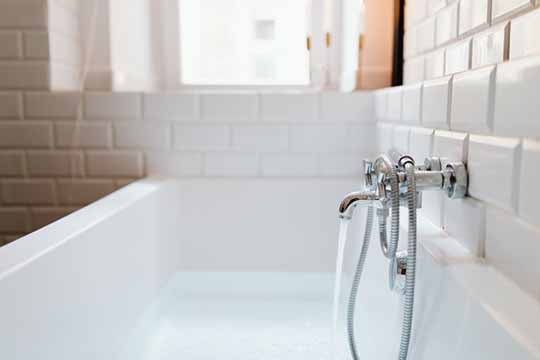
If you think about prevention, you won’t have to deal with how to survive a burst pipe in the winter
These would be the main things you need to remember if you want to survive a burst pipe in the winter. Keep them as a reminder just in case something unexpected happens to you in the next winter season.
